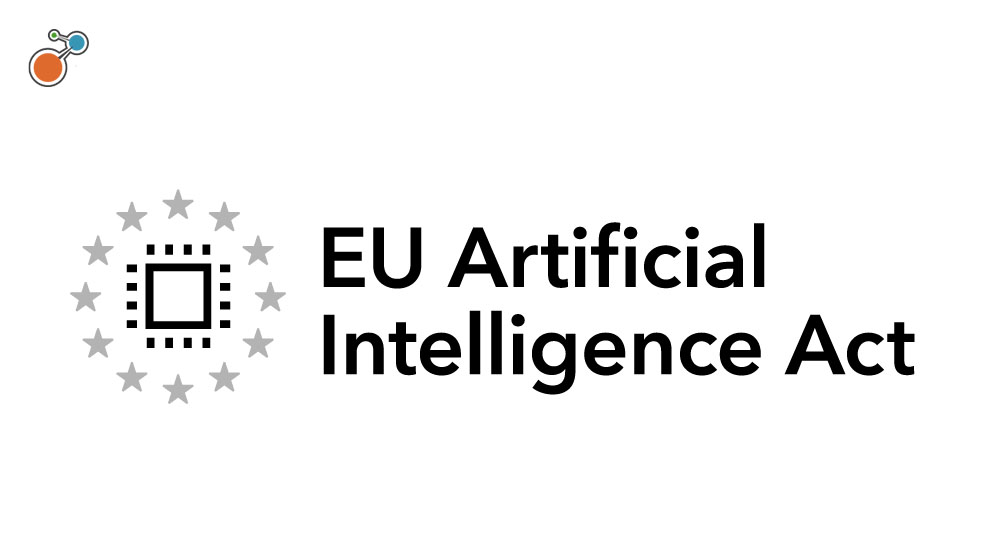Institutional policies and processes are a part of doing business … and a critical component of governance risk and compliance (GRC). That being said, it’s not always easy to manage policies. Yet, doing it right is important and so is having the integrated technology to help you.
Flawed policy management processes can result in non-compliant, unauthorized or inaccurate policies. This can then lead to costly liability issues for organizations — whether in the form of penalty fines for non-compliance or legal battles.
Here are three signs that might indicate your policy management processes need to be improved:
- Policies are created in silos: Policies often stem from different departments and individuals within an organization. They might also undergo separate vetting processes. Limited visibility into who is creating what and why can lead to inconsistent and misaligned policies. Without a standard template for creating policies or a standard vetting process, policies often end up being vague, unclear and even unauthorized by the appropriate organizational stakeholders. Murky or rogue policies can be a real danger in legal proceedings—a place where they often end up.
- Policies are out of date: If your organization doesn’t have a well-defined process for reviewing and maintaining policies on a regular basis, your organization’s policies will likely lose their currency and effectiveness fast. In fact, they might become more of a liability and less of a means of protection if they start to fall out of compliance; if flawed version control leads to out-of-date policies being confused for the most recent policies; or if the wrong policy documents get into the wrong hands, and unauthorized individuals become privy to confidential information.
- Policy creation and maintenance is inefficient: When policies change, all the relevant people need to attest to knowledge of and conformance with the policies. In addition, in a heavily-regulated business environment, organizations often need to provide evidence to regulators and lawyers that the policies have been shared and read. Ensuring policies are up-to-date, compliant and reflective of the organization’s mission or goals can be time consuming and labor intensive—especially if the process is managed primarily through paper, spreadsheets and emails.
How To Improve Policy Management Processes
Improving your organization’s policy management processes requires:
– Creating and embedding a lifecycle for managing policies within your organization
– Streamlining policy management processes
– Providing transparency into policies, and how they are developed and maintained
The right integrated risk management technology will help with all the above. That’s because truly integrated risk management technology takes GRC into account, rather than necessitating your organization invest in one-off solutions.
Policy management technology can both document and automate the prescribed workflow for your organization’s policy management processes. This means the system digitizes and preserves processes so they can be easily referenced and understood, as well as keeps the lifecycle automatically moving forward.
The right system will assign role-based tasks; trigger new tasks once other tasks have been completed; and alert stakeholders to updates and the most up-to-date, real-time version. Such automation not only creates and embeds a lifecycle for managing policies within the organization, it also helps to streamline the policy management process—eliminating manual tasks, versioning, approvals and maintenance.
Integrated risk management technology goes beyond streamlining policy management and ensuring a lifecycle for policy management exists. It also makes policies and their lifecycle more transparent— serving as a central repository to store and organize policy and procedure information.
Users can access, create, modify, review and approve digital documents globally in one centralized location, in a controlled manner. You can track each policy from origin to obsolescence, giving managers complete visibility into their policy program.
You may also easily access a variety of training programs that map to various guidance documents, policies, procedures, regulations and standards. This helps enable training and awareness of an organization’s policies and procedures
Conclusion
Don’t let your organization fall prey to the dangers that stem from mismanaging policies—from civil and criminal lawsuits to regulatory violations and fines. Solid policy management is entirely possible when its many moving parts are organized in one place and processes are automated. This allows for efficiency, protects against information and activity bottlenecks, and enables full transparency.





